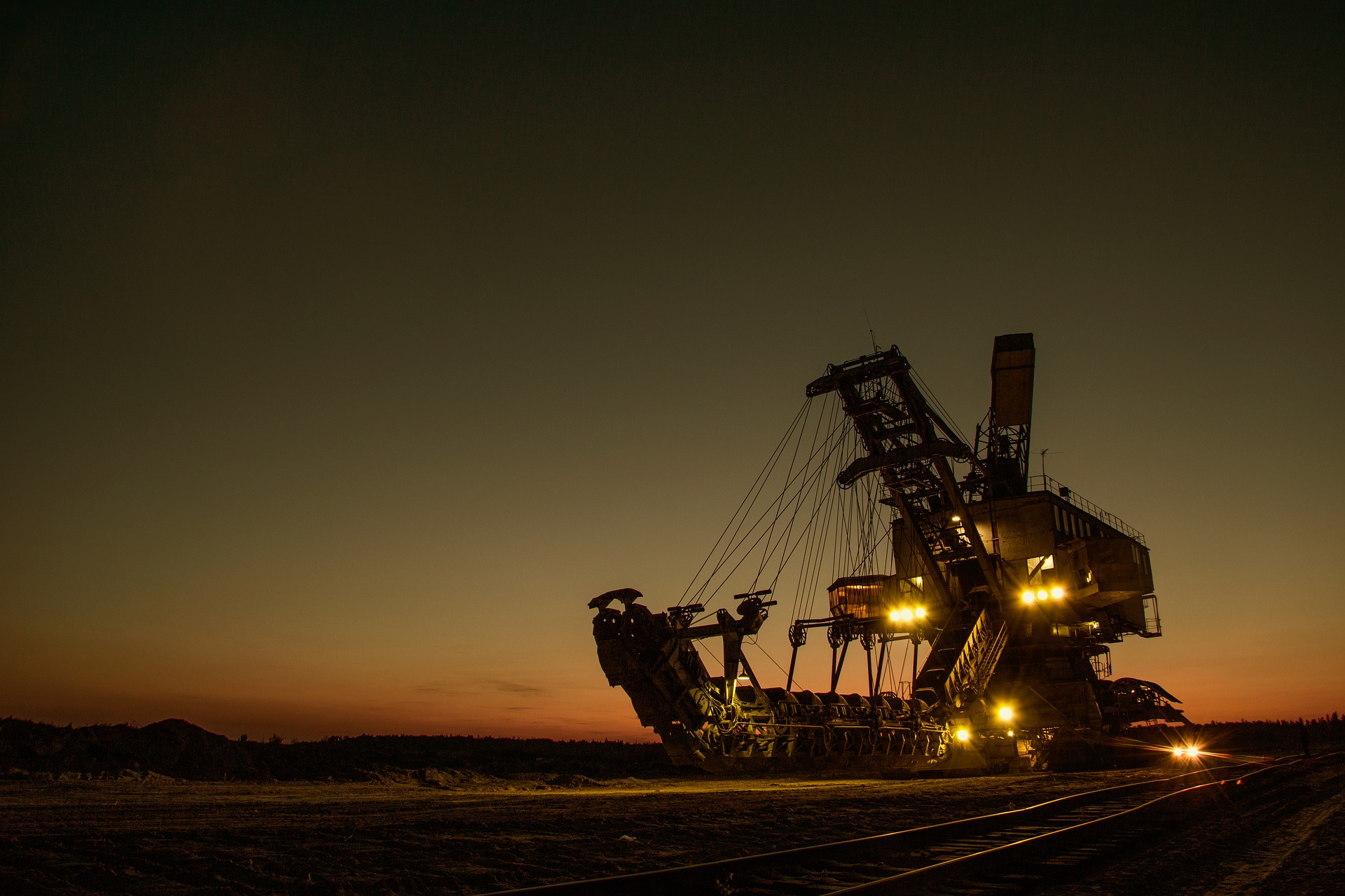There are projects, and then there are megaprojects. For countries looking to upgrade their infrastructure and improve quality of life for their citizens, megaprojects are often required. By definition, they are large-scale, complicated ventures with costs exceeding $1 billion, so they usually take years to develop and construct, not to mention finance. Megaprojects are typically complex in nature and require vast amounts of resources, organization, and collaborative effort. But when they are done right, they can have a lasting impact on the economy, environment, and society of an entire country. Examples of famous megaprojects include the Panama Canal, China’s Three Gorges Dam, and the New York Subway.
The second-largest state in the Arab world—Saudi Arabia—is undertaking some of the most comprehensive megaprojects the world has seen. In fact, by the year 2030, Saudi Arabia hopes to have completed more than 80 different megaprojects, all of which will make it the largest construction market in the Middle East by a huge margin. Here are the four most exciting ones on the horizon.
King Abdullah Economic City in Rabigh
Valued at $27 billion, the 67-square-mile King Abdullah Economic City will eventually become a major commercial hub for Saudi Arabia. The development is located just an hour and a half from the city of Mecca and three hours from Medina. Larger than Washington, DC, the new city is being built by Emaar Properties, a real estate development company based in the United Arab Emirates, who finished the first stage of the massive construction in 2010. Investors and builders predict King Abdullah Economic City will be fully complete by 2020, at which point it will support up to 1 million jobs and house up to 2 million residents. As a city, it will include six elements: an industrial zone, a port, residential neighborhoods, an educational zone, business districts, and seaside resorts catering to both residents and tourists.
The Knowledge Economic City in Medina
First launched by the late King Abdullah bin Abdulaziz in 2006, this $7 billion project promises to transform the holy city of Medina, where the Prophet Mohammad is buried. This megaproject is unique in that it seeks to position Saudi Arabia as a leader in knowledge-based industries and attract workers, investors, and businesses from around the world. The development will create 20,000 jobs and eventually house up to 150,000 professionals and their families. With support for research, science- and technology-focused colleges, and a large biotech and medical campus, the Knowledge Economic City hopes to draw innovative and talented people to Saudi Arabia, to help the Kingdom build other industries beyond petroleum and diversify its economy. The city will also include an Islamic Civilization Studies Center and an Islamic theme park—with both educational and entertainment value—along with shopping complexes, hotels, and public transport.
Jazan Economic City
Located near the existing city of Jazan in southwest Saudi Arabia, the $27 billion Jazan Economic City is intended to bolster the energy, manufacturing, and agribusiness industries in the region. When the development is complete, it may provide as many as 500,000 new jobs. One of the kingdom’s most important ports on the Red Sea, Jazan lies along the main east-west sea trade routes to Europe, the Far East, and the Persian Gulf. The local region is also known for its agricultural output, with a variety of fruits such as papaya, citrus, figs, and mangos being cultivated in the area. With the new economic city, Jazan will enjoy new opportunities in diverse industries like pharmaceuticals, food processing, and agritech. Because it is situated in an ideal location for global trade, it will connect markets in Europe, East Africa, and Asia.
King Abdulaziz International Airport
Although it is already capable of handling more aircraft than any other airport in the world, King Abdulaziz Airport is undergoing a major expansion that may transform it into the largest airport on earth, with the busiest schedule during the hajj—the annual pilgrimage to Mecca that all Muslims must make at least once in their lifetime. King Abdulaziz Airport is located near Jeddah and also serves as the main airport hub for the western half of the Kingdom.
In 2006, authorities embarked on a three-stage development plan for the airport, costing several billion dollars in total, with an expected completion date of 2035. At that point, the airport will have an improved and expanded terminal complex, a 136-meter control tower, utilities center, baggage system, and network of roads, allowing over 80 million Muslim pilgrims bound for the Holy Cities to move around comfortably and efficiently. The redesigned airport will also include a mosque that can accommodate 3,000 people, and a railroad station on the new, high-speed Haramain line that will connect Jeddah to Medina and Mecca.

